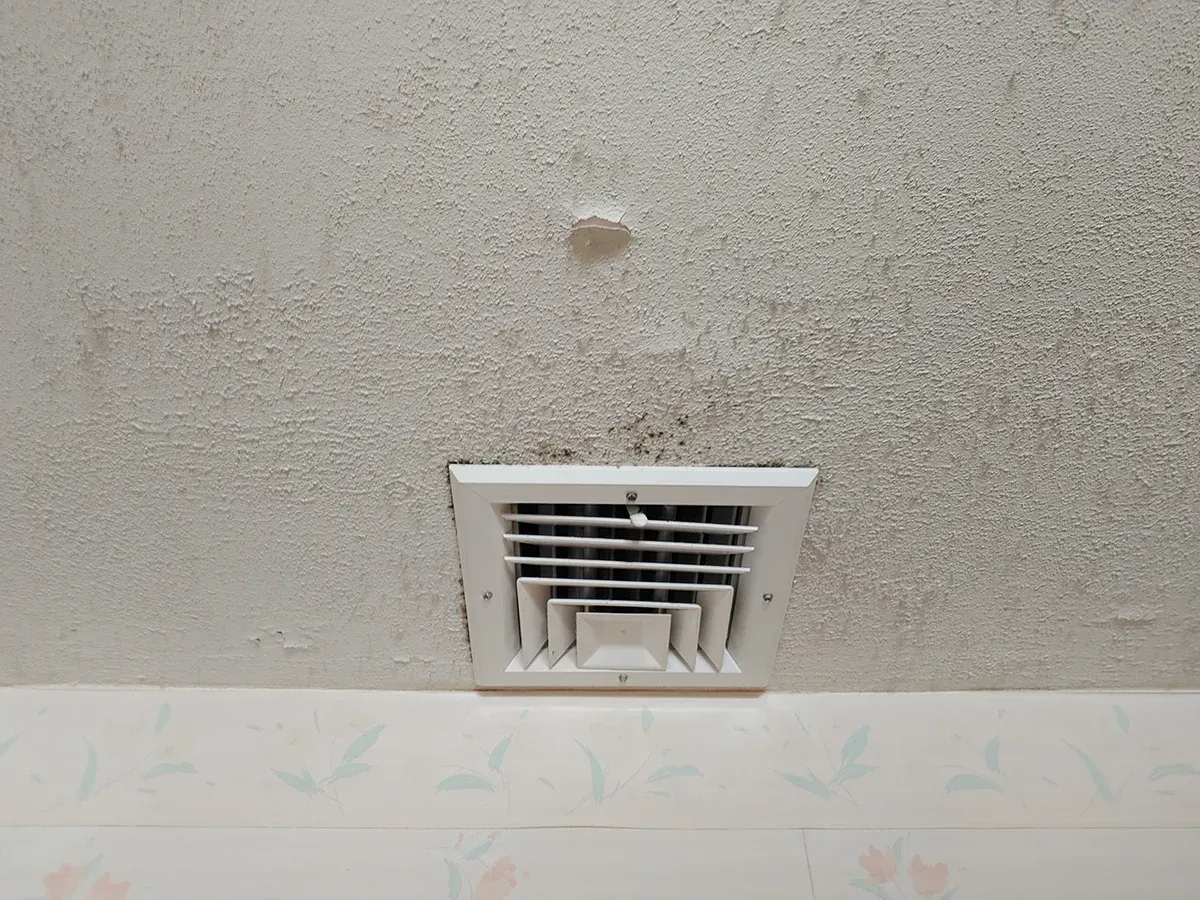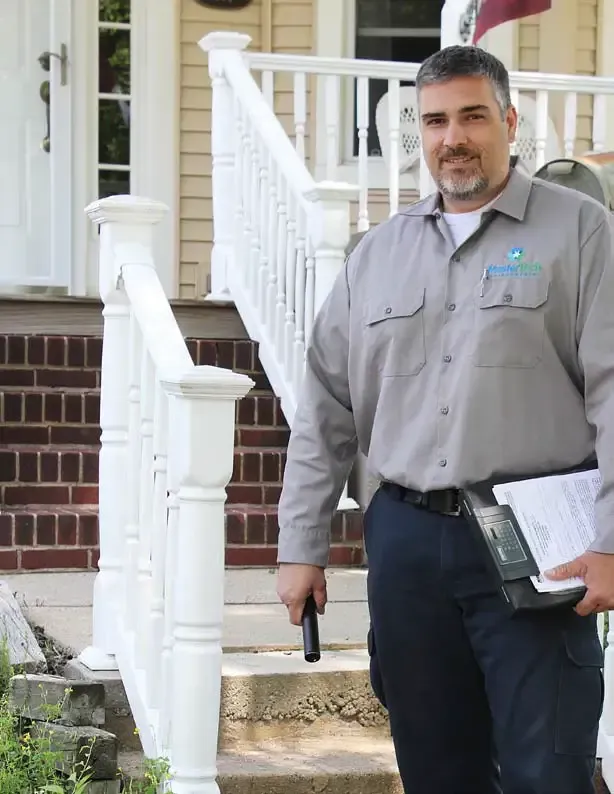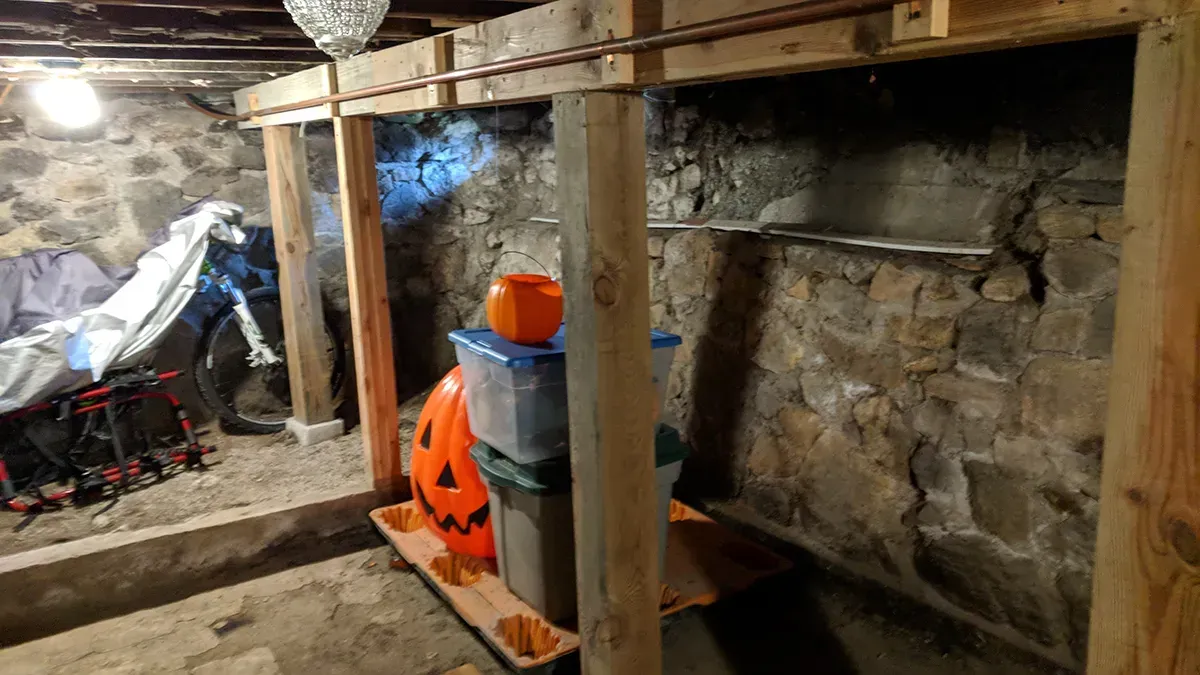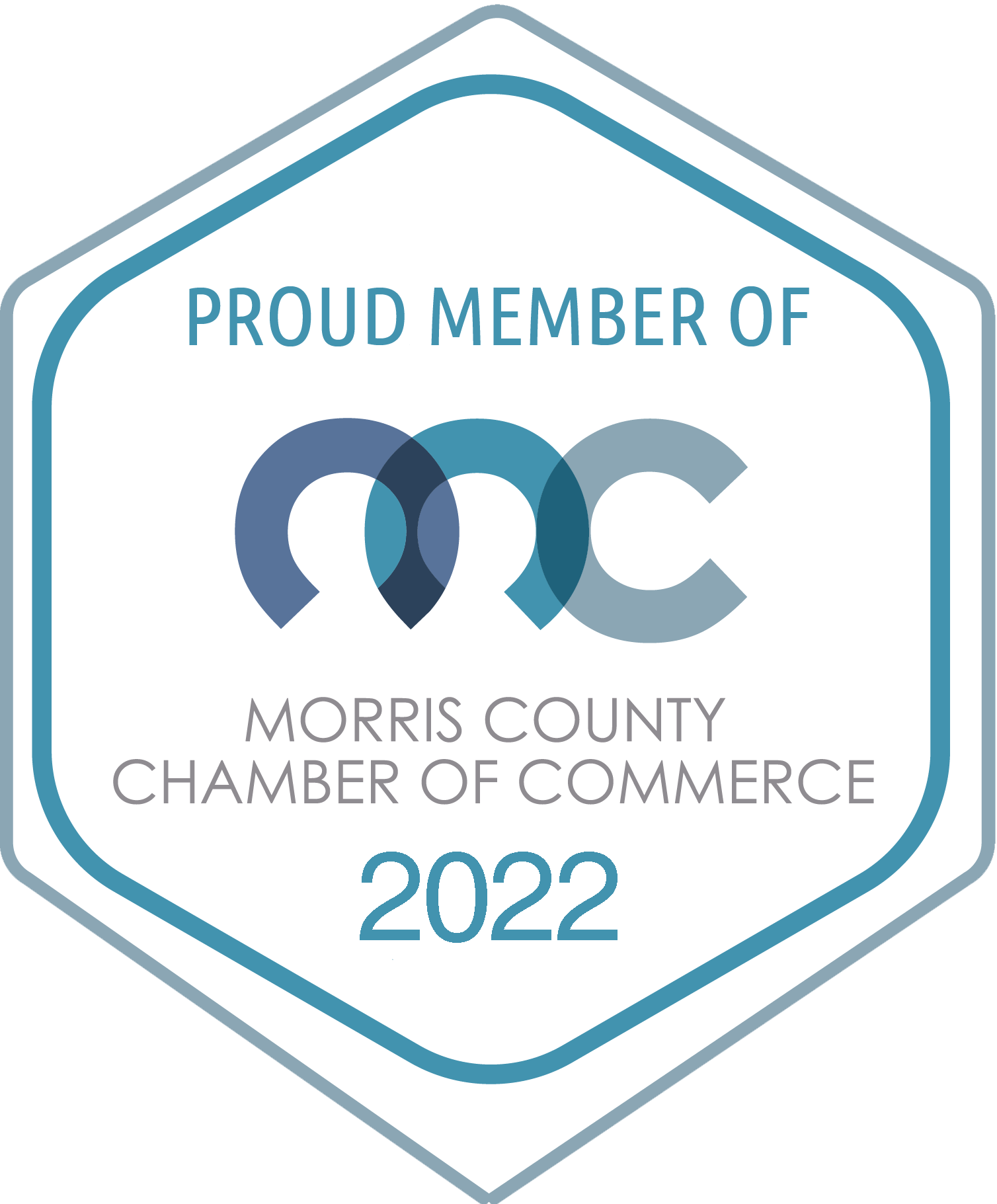What Are the Most Common Signs of Mold in Bridgewater, NJ Homes?

A rainy week has finally passed, and you head down to your basement to grab something from storage. The air hits you first – a damp, earthy smell that wasn't there last month. A few steps later, you notice small dark spots creeping along the base of a wall near an old sump pump. You wipe at them, but the discoloration doesn't go away. Your spouse has been sneezing whenever you do laundry downstairs, and your kids' coughs seem to ease up when they're away from the house. The question nags at you: Is this harmless dirt or the beginning of a mold problem? This uncertainty is standard for Somerset County homeowners, particularly during our humid summers, and knowing the warning signs helps you decide when to call in a professional.
When you understand how to recognize the visual, structural, and health-related clues of indoor mold, you can act before minor moisture issues become major remediation projects. It's essential to recognize the signs of mold so you know when to schedule a mold inspection in Bridgewater, NJ.
Visual and Smell Clues: What Mold Looks and Smells Like
Mold rarely appears as the perfectly round black "toxic mold" spots people imagine from news stories. According to the Centers for Disease Control and Prevention, mold can take on many colors, such as black, green, brown, blue, or even white, and the color isn't a reliable indicator of how dangerous it may be. It often looks like irregular patches or streaks on walls, ceilings, carpets, or wood; some growth is fuzzy like a fine powder, while other colonies are slimy or leathery to the touch. Persistent staining that spreads slowly across drywall, grout lines, or paint, particularly in corners or behind furniture, is a strong visual clue that moisture is feeding hidden mold.
The nose is often your best tool. The North Carolina Department of Health notes that when relative humidity stays above 70 percent indoors, porous materials absorb moisture and become a "good place for mold to grow." An earthy or musty odor usually accompanies that growth. Bridgewater's summertime humidity frequently climbs into that range, especially in basements and attics without dehumidification.
If you notice a lingering musty smell even after you clean, or that returns when your HVAC system cycles off, it's time to investigate further.
Moisture and Structural Clues: Water Damage Has a Smell
Mold growth is always tied to moisture. The U.S. Environmental Protection Agency explains that mold can grow on organic material when moisture and oxygen are present, and it will gradually destroy the material on which it grows. Look for signs of water damage, such as bubbling or peeling paint, warped floorboards, sagging drywall, or a white crystalline film on concrete known as efflorescence. Condensation on windows or pipes, damp spots on carpeting, and repeated leaks under sinks or around your sump pump indicate that humidity levels are too high or that water intrusion is ongoing. High relative humidity (above 60 percent) is itself a moisture problem and should prompt you to run a dehumidifier or repair ventilation. Basements in Bridgewater often experience seepage after heavy rains; if you see standing water or water stains that don't dry within 24 to 48 hours, the conditions are ideal for mold to take hold.
Another structural clue involves the age and design of your home. Tight construction and energy-efficient upgrades without adequate ventilation can trap moisture indoors. The EPA notes that poorly drained gutters, leaking or condensing pipes behind walls, and unsealed penetrations around plumbing and wiring all contribute to hidden moisture problems. If you discover moisture behind baseboards or insulation, or your attic insulation feels damp, you likely have a hidden moisture source feeding mold. Do not disturb suspected mold growth without protection; disrupting colonies can send spores into the air and make the problem worse.
Health Related Clues: When Your Body Raises the Alarm
Sometimes the first hint of mold is not what you see or smell but how you feel. Research compiled by the National Institute for Occupational Safety and Health shows that people who spend time in damp buildings report respiratory symptoms, infections, worsening asthma, allergic rhinitis, and even eczema. Common reactions include sneezing, nasal congestion, red or itchy eyes, skin rashes, coughing, and wheezing. These symptoms often improve when you spend time away from the building and return when you're home. Children, older adults, and those with asthma or a weakened immune system may react more quickly and severely to mold exposure. If your family develops unexplained allergy-like symptoms that coincide with a musty odor or visible staining, mold may be the culprit.
Where to Look: Typical Hiding Places
Visible mold is the clearest sign of a problem, but growth often starts in hidden places. EPA guidance lists several concealed surfaces where mold thrives. In Bridgewater homes, basements and crawlspaces are particularly prone to hidden growth because of seasonal flooding and poor ventilation. Bathrooms and kitchens can harbor mold behind cabinets and under sinks if small leaks go unnoticed. If you smell mold but can't see it, or you know a pipe has leaked inside a wall, a professional with experience and specialized equipment, such as moisture meters and borescopes, may be needed to locate the source.
Some common hidden areas include:
· Backside of drywall, wallpaper, and paneling: Mold can grow on the paper or wood behind finished surfaces where condensation or leaks occur.
· Undersides of carpets and pads: Spills or seepage can saturate padding without leaving visible stains on top.
· Top side of ceiling tiles: Roof leaks or plumbing in upper floors can dampen tiles from above.
· Damp areas behind walls and in crawlspaces: Poor drainage, groundwater, and plumbing leaks often feed mold in these secluded spots.
· Inside HVAC ducts: Condensation and dust inside ductwork provide moisture and food for mold colonies.
Not every spot of discoloration requires professional remediation. The CDC notes that indoor mold growth can usually be seen or smelled. If visible mold is present, sampling is not necessary. Small patches (less than about ten square feet) on non-porous surfaces can often be cleaned carefully with detergent and dried completely. However, if you see widespread growth, staining that keeps returning after cleaning, or structural damage like soft drywall or warped subfloors, it's time to schedule a professional mold inspection. Persistent musty odors without visible staining, unexplained health symptoms, or water damage that you cannot fully dry within 24 to 48 hours are also red flags.
A trained inspector will perform a thorough visual assessment, measure moisture levels inside building materials and the air, and identify the underlying cause of moisture. They can determine whether remediation is needed and develop a safe plan to remove mold, while preventing cross-contamination. MasterTech Environmental has extensive experience in Bridgewater homes and utilizes industry-approved equipment to detect hidden mold growth and moisture sources. Our inspectors are familiar with the local climate, common building practices, and regional housing stock, which enables them to quickly distinguish between cosmetic staining and active mold. If remediation is necessary, our team provides a clear scope of work and executes it safely, returning your home to a healthy condition.
Protect Your Home and Family with a Mold Inspection in Bridgewater, NJ
Living with uncertainty about mold can be a stressful experience. Fortunately, the clues listed above, from earthy smells and stubborn stains to lingering allergy symptoms and damp building materials, give you a way to evaluate your risk. By paying attention to moisture, ventilation, and humidity, you can often prevent mold from gaining a foothold. When the signs point to a larger problem, you don't have to diagnose or fix it alone. MasterTech Environmental offers comprehensive mold inspections in Bridgewater, NJ, and surrounding communities. Call us today to schedule an assessment or ask questions about your specific situation. A professional evaluation now can save you money, protect your family's health, and give you peace of mind that your home is safe.





